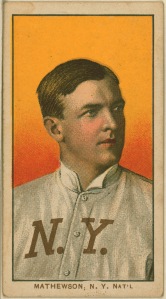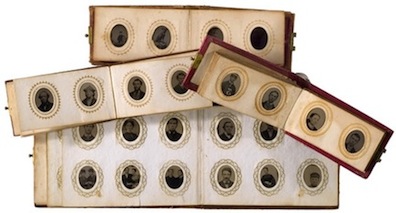Assignment: Re-read chapters 29 in the textbook (free pdf version here or purchase hard copy here).
There are a wide variety of photomechanical and digitial processes that are used to make modern original photographs and reprints (including forgeries) of old photographs. This includes photolithography, screen printing and various computer processes. Some processes make near photographic quality images, while other are easily identified as non-photographs even at naked eye level. There are too many digital processes to cover here, but this post will offer many common ones.
The old photomechanical processes photoengraving, collotype, gravure and wooddburytype were covered in assignment #7. Again, those three processes are no longer used commercially but still used today by some artists. If you identify an item as being one of those prints, that is constant with it being old.
Halftone Lithography
Halftone lithographs, which can be used to reproduce color and monotone photos along with paintings and other art, are easily differentiated from real photos due to the visible dot/ink pattern under magnification. Halftone lithography has been widely used commercially to reproduce photos and art for magazines, calendars, postcards, record album covers, trading cards, posters and much much more.
Early 1900s lithographs are often aesthetically pleasing and colorful but don’t resemble real photos even at the naked eye level. They more resemble little paintings or colorized picture.

Modern photolithographs are much more photorealistic at the naked eye level, but, again, the dot ink structure under magnification gives it away.
Photolithographs can be dated by the ink consistency and color and printing patterns, but this is covered in the future other course on prints. This course is photo-centric.
Screen Printing, Seriography, Silk Screen
A screen print or serigraph won’t be mistaken for a real photograph, as it doesn’t have the photorealistic detail or quality and the artists usually aren’t trying to make photorealistic designs. As with lithography, this printing is covered more in the prints course.
Computer prints
Computers, including many home computers, can make high quality digital images and reproductions of old photos. Reproductions of old photos are identified by the modern paper (and no-photographic paper), ink pattern, etc. Some have dot patters, while others have line or mesh patterns. Some times the pattern can be subtle and it takes careful examination.
Many of today’s artists make original computer digital prints. Clearly, when investing in modern original digital photography, provenance, certification, photographer stamps and signatures are important. These days you can buy digital photos directly from the photographer.
More advanced photorealistic digital photos
Beyond the home computer printer, there are now much more advanced and quality digital methods to make very quality digital photos. Some have clear ink/printing patterns under the microscope, while others have barely.
Some have to be printed on specific photopaper that is identified by the branding on back. The branding will often make it clear it is a digital print (ala ‘Fuju Digial Print’)
A future short course on identifying these computer prints will be available in the future. However, if you wish to delve into the topic now, the following are some good online sources
An outdated but extensive look at identifying digital prints by conservator Martin Jurgins
graphicsatlas.org— and excellent all-purpose site identifying photographic and non-photographic processes. Hosted by the Rochester Institute of Technology.
* * * *
Course Assignments:
